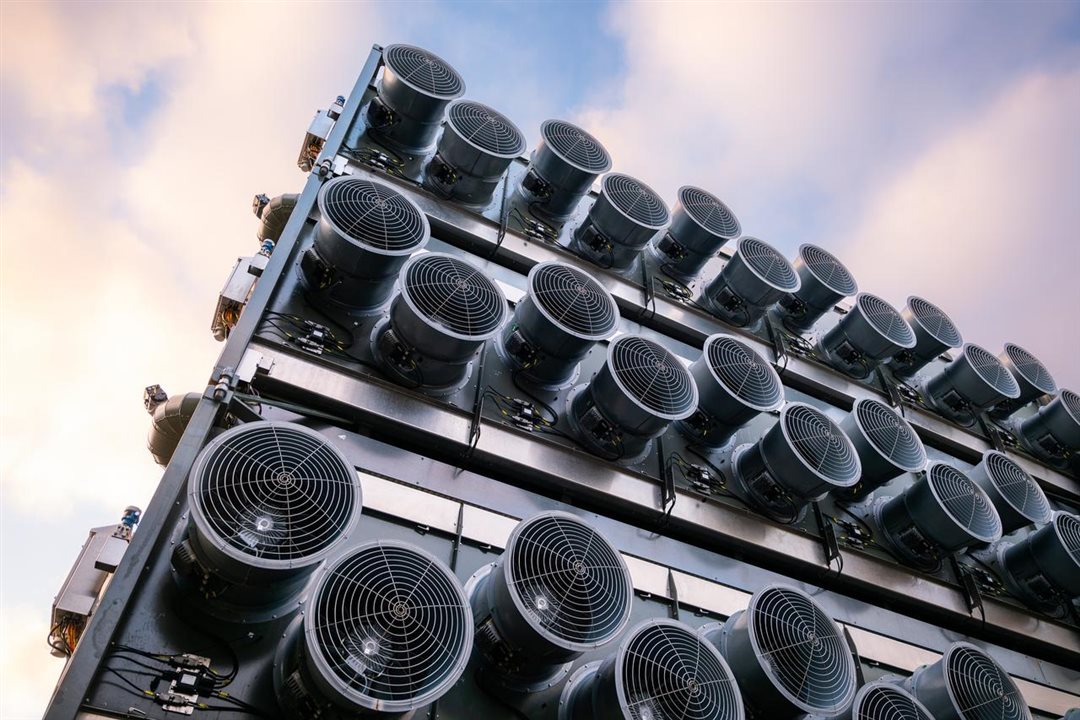
The Mammoth carbon capture plant began operations and aims to capture 36,000 tons of carbon per year. (Image Credit: Climeworks)
Mammoth, a carbon capture plant built by Climeworks, recently started removing CO2 from the earth's atmosphere. Based in Iceland, the facility pumps and stores that carbon deep underground. And it uses the nation's geothermal energy to power all its operations — a carbon-free process that doesn't pollute the atmosphere. Experts have debated that direct air capture (DAC) facilities distract from the ongoing climate change problem. It's not a surefire way to help address the crisis, either.
The Mammoth plant is huge — 10x larger than the Orca plant, a three-year-old predecessor. It uses 72 massive collector containers (CCs) that have fans to suck in the air, removing the carbon that gets pumped deep underground and transforms into stone. Three of these CCs are stacked atop each other on one foundation. Carbfix, Climeworks' carbon storage partner, provides underground storage. Climeworks says this plant captures 36,000 tons of carbon per year.

Climeworks' Mammoth DAC uses 72 collector containers with fans to suck in the air and capture carbon before releasing it underground. (Image Credit: Climeworks)
However, it's costly. We're looking at nearly $1,000 to vacuum one ton of carbon. It would cost around $100/ton just to make those efforts economically feasible, and Jan Wurzbacher, Climeworks co-founder, believes we could reach that point by 2050.
The United States has also taken notice of this concept. Last year, Occidental announced it would build a larger direct air capture plant called STRATOS that could remove 500,000 tons of carbon annually.
Experts still have doubts that DAC plants can help curb climate change. The majority suggests it distracts from other important issues concerning the catastrophe. For instance, Big Oil is looking to extract more oil from the captured carbon — the wrong way to address this issue.
Have a story tip? Message me at: http://twitter.com/Cabe_Atwell
